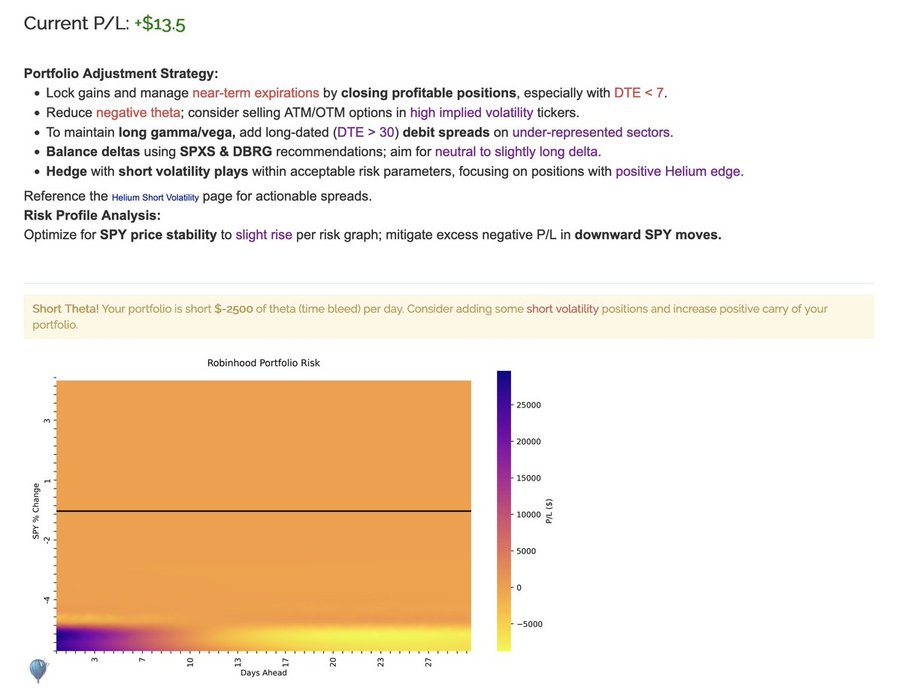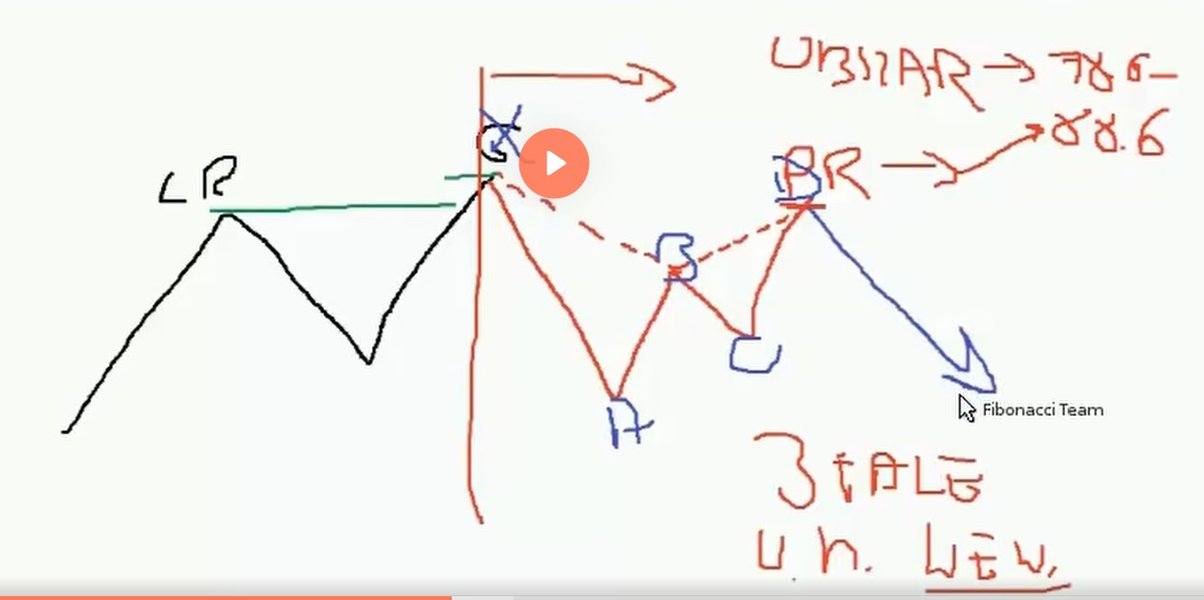Sublime
An inspiration engine for ideas

Two conditions—identical for buys and sells—(not vice-versa). The highest high of the last 20 days minus the close equals 10 percent or less of the entire 20-day range The average five-day range is at least twice the size of the prior average 20-day range. (The 20 day average spans from 25 days ago up though 6 days ago—concluding just before the
... See moreArt Collins • Beating the FINANCIAL FUTURES MARKET: Combining Small Biases Into Powerful Money Making Strategies
Prof
Luis Rodriguez • 4 cards

Value Investing
Daniel Bakalarz and • 11 cards
Prediction market tier list
realcsptrading.substack.com
For longs: The close is greater than the 40-day closing average. The 2-day close is less than the five-day close The highest high of the last 50 days occurs before the lowest low of the last 50 days. The range is smaller than the 10-day average range and the close is higher OR the range is bigger than the average ten-day range and the close is
... See more